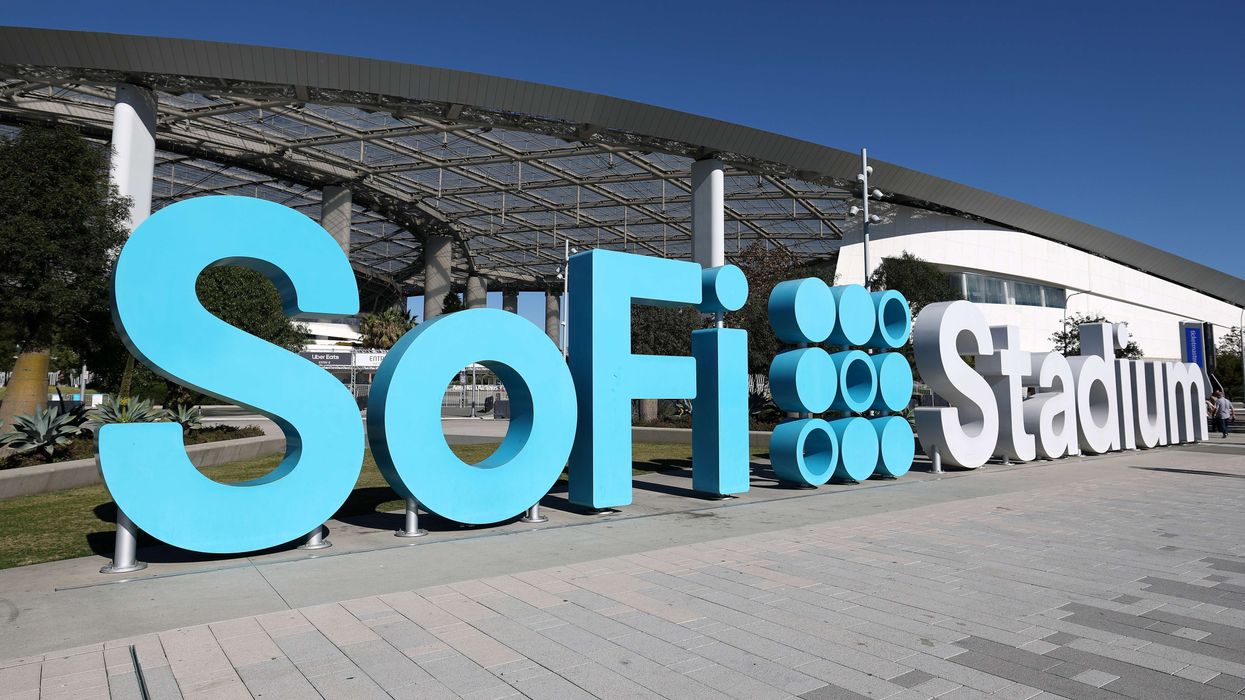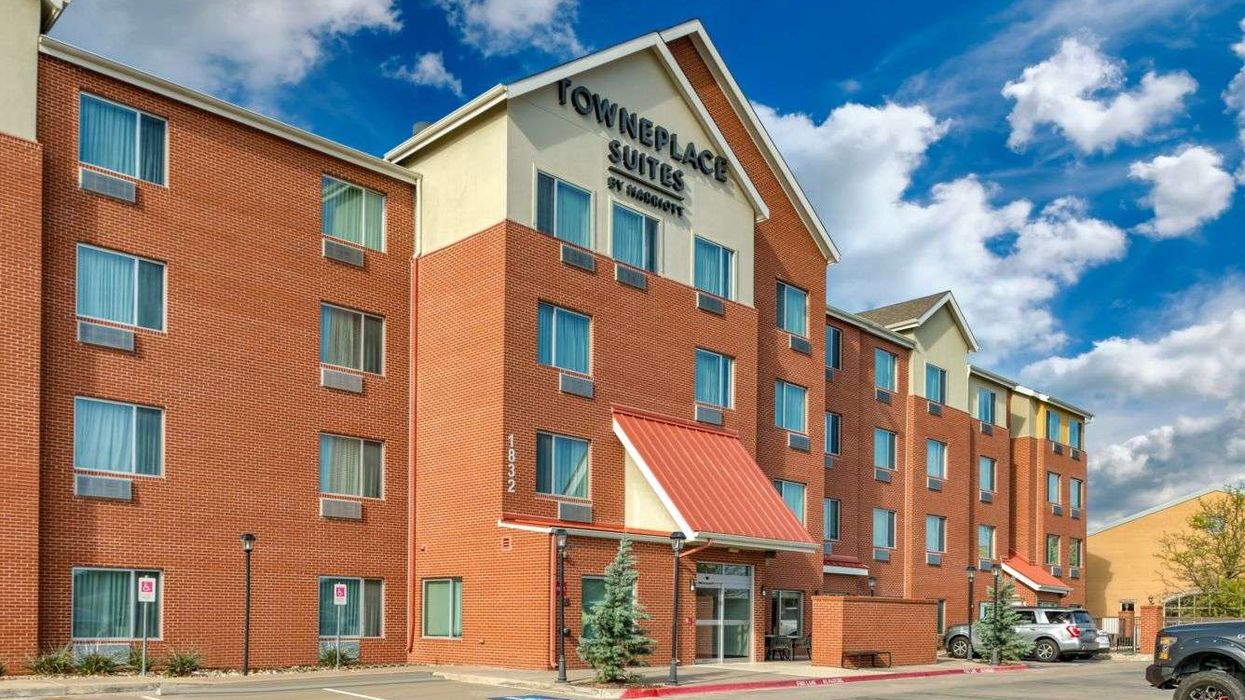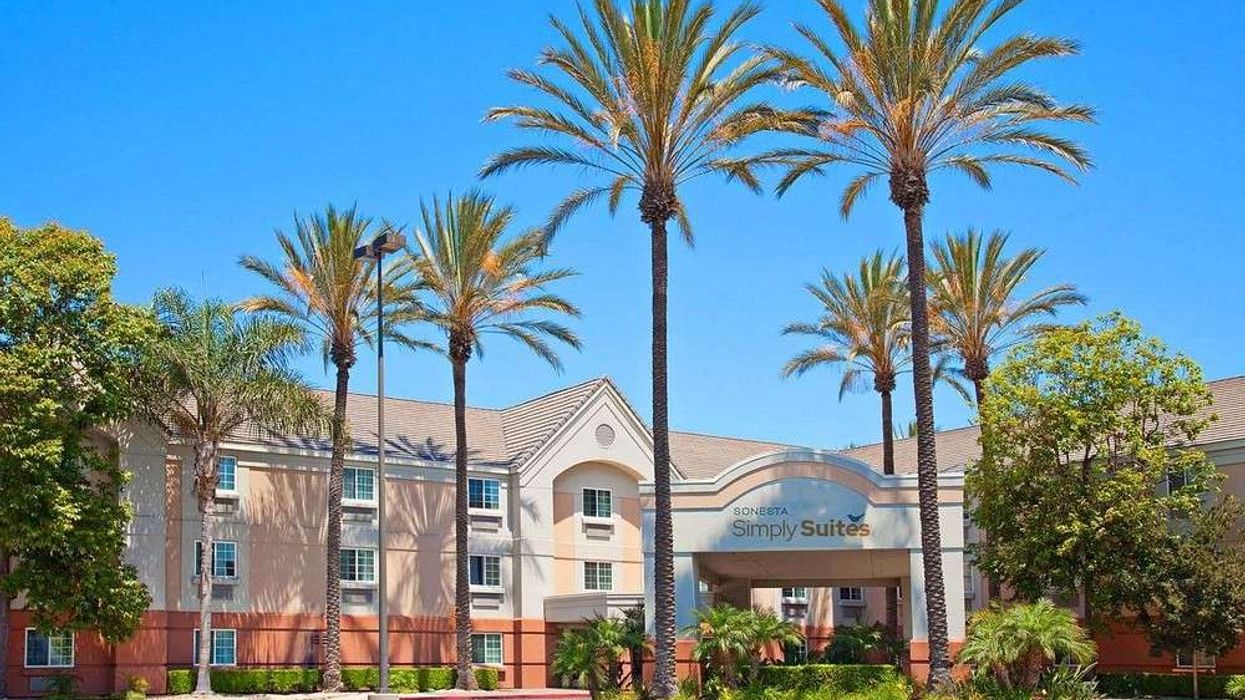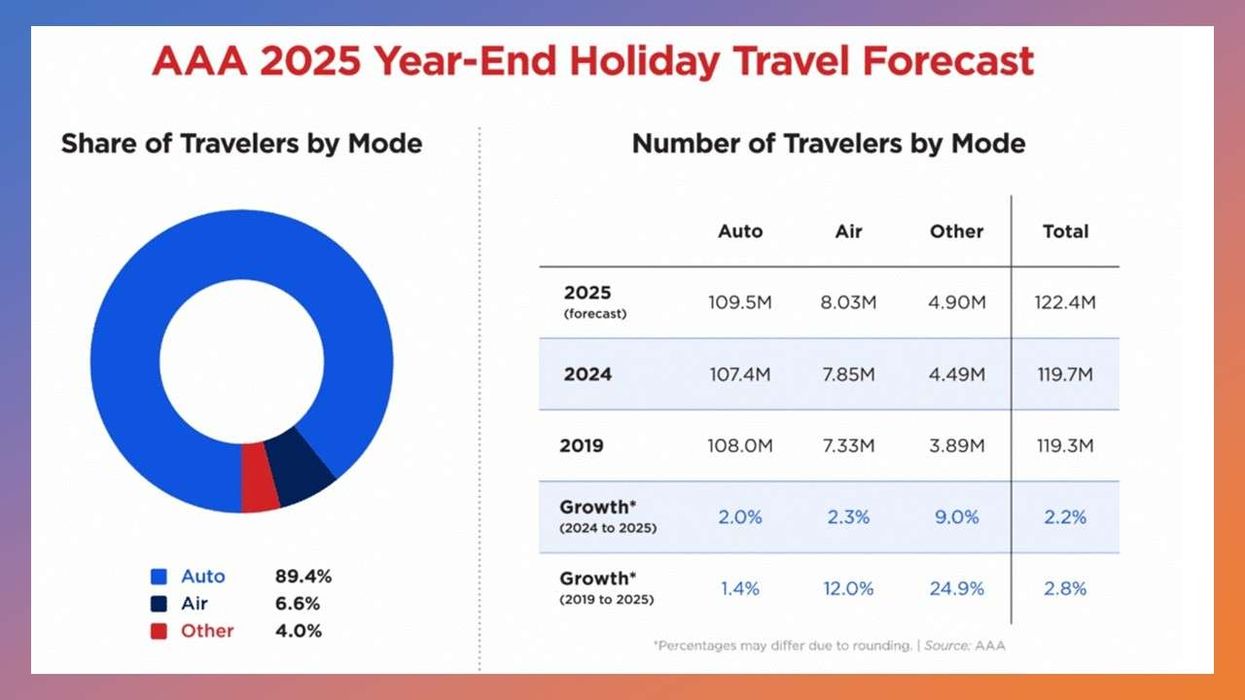THE U.S. HOTEL industry wrapped up 2019 with positive results as December saw increases in RevPAR, ADR and occupancy, according to STR.
The industry posted a 0.6 percent year-over-year increase in occupancy to 54.4 percent, while ADR and RevPAR rose 2 percent to $126.84 and 2.6 percent to $69 respectively.
“December’s RevPAR increase matched February for the highest of 2019,” said Jan Freitag, STR’s senior vice president of lodging insights.
Freitag said the ADR increase was the highest rate of change in the past 14 months while the increase in occupancy was driven by the healthy room demand growth of 2.8 percent.
“Part of the outperformance can be attributed to the group segment with increases of 6.6 percent and 4.2 percent in occupancy and ADR, respectively,” he said. “The overall performance provided a bit of a lift to the total-year numbers but not a significant change overall. Each of the key performance metrics are at an all-time high, but we're not forecasting much of a shift away from an environment of slow to no growth that has developed over the last year-plus.”
Among the top 25 markets, 20 recorded an increase in RevPAR.
Chicago recorded the highest rise in occupancy, up 7.3 percent to 56.6 percent; the only double-digit lift in ADR, up 10.4 percent to $122.48 and the largest jump in RevPAR, up 18.4 percent to $69.30.
Phoenix reported the second-highest jumps in occupancy and RevPAR, up 6.1 percent to 63.4 percent and up 13 percent to $74.14 respectively.
San Francisco/San Mateo, California registered the second-highest 7 percent increase in ADR to $204.62 and the only other double-digit rise in RevPAR, up 10 percent to $147.89.
The steepest declines all three key performance metrics were reported in San Diego, California. Occupancy went down 6.3 percent to 62.7 percent while ADR and RevPAR decreased 5.4 percent to $135.50 and 11.4 percent to $85.01 respectively.
Nashville, Tennessee registered the second-largest drops in occupancy, down 2.3 percent to 57.4 percent, and RevPAR, down 3.3 percent to $74.28.
STR said 2019 set records again, but still saw the slowest growth for hospitality since the recession.











